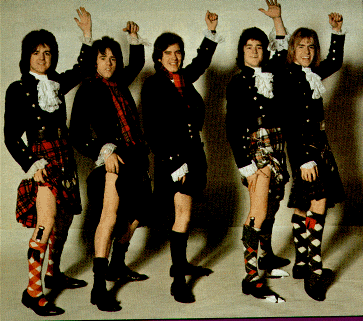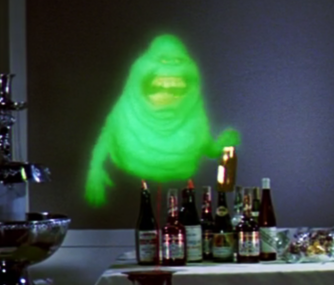QUOTE(r3dplanet @ Sep 28 2013, 06:17 PM)

Some more progress on this long term project. I'm still working on case prep. Since the last episode, my machinist tested my crank to make sure it was still good and then had him polish it and make sure it was balanced. I also bought a new crank gear, cam, and cam gear. The cam I'm using is a reverse rotation Otto-20. I've sent these, the newly cleaned up connecting rods, and a few other parts to be cryogenically treated. Gregg Hikimian is doing the work. He's a very interesting chap and has delighted me outstanding service. He also performs all kinds of space age coatings and other treatments. While I'm waiting for all of those parts to return I had my case halves cleaned, and cleaned again. I'm going to perform a head stud test (as seen below), clean off the casting flash from the engines halves with a Dremel, and then hike hike them up to American Metal Cleaners for a trip into a heat-process cleaning specifically for aluminum. Or Aluminium if you are British.
So today I'm showing the head stud test. I found a great procedure here:
http://flycorvair.net/2012/01/28/testing-head-studs/I followed this for the most part with one small modification. But first up I had to clean up the threads on the head studs. I'm actually considering pulling all of them and replacing them with stronger studs, but the Corvair brains I've picked are very split in their opinions. The aircraft guys all seem to do it, but the automotive guys don't tend to unless there's serious problems. I have a call in to American-Pi to see what they recommend. In the meantime, I'm passing the time with important little tasks. [Hey Marty, please feel free to chime in on this issue!]
You can see that the ends of the studs (3/8"-24 using the Roman Catholic measuring system) don't look very good. So I'm using both a die and a thread chaser to clean them up.
Click to view attachment The thing about a six cylinder engine is that there's more studs than usual. The top row is where the damage is. The bottom row is shorter by an inch or so. The bottom studs also hold the rockers in place, and because they're constantly coated in oil these threads are in super condition.
Click to view attachment Now it's time to see if the studs can hold 30 pounds of torque. The first idea I had was just to use one of the old cylinders and torque it down with some fasteners, but you can see that there's no way to do that since any little amount of torque would just break the fins. I thought about making a square jig to fit over all four studs and the cylinder to simulate the head, but then I remembered that I don't have any machining capability.
Click to view attachment So I went to Plan B and cut some 3/8" steel tubing and used some hardened fasteners instead. This failed because the tubing begins to collapse at less than 20 pounds.
Click to view attachmentBut finally the lights when on and I picked up some steel plumbing nipples of different lengths to match the stud length and still reveal the threads. I spun on a Tee so that I could view into the hole with a small light to see if the head stud would turn as I torqued it down. The tool completely obscures sight of the stud so this little idea worked really well.
Click to view attachment This is the final setup. Using hardened washers to protect the case surface, I torqued down the nut to 15 pounds making note of the position of the wrench handle. Then I torqued again to 20, 25, and then 30 pounds making sure that the handle didn't travel too far to meet each target.
Click to view attachment Click to view attachment At the end of the exercise I had exactly one loose stud. I'll order a replacement from Clark's that measures .003" thicker on the base stud and Loctite it in unless American-Pi tells me to pull them. If that's the case, then I just wasted a Saturday. But hey, it's pouring down in rain Portland and this is what you do in this crappy weather.
First(second) Post
Hi Marcus-and all
I have recently purchased a cherry tomatoe '72.
I am Vic in the T.O. and have decided to follow your lead
and install an American F6 in the tail(er mittle) of my 914.
I have begun the restoration of the body/paint without the usual
sheetmetal fabrication or replacement.The car is virtually rust-free
and SoCal condition and therefore rare in the salty environs of Ontario.
The VW repair shop proprietor had installed a later 2L and TX
but could no longer devote the time or space to the project.
As it was stored indoors 10+years after a 70's repaint it only
requires some hand sanding.
Having owned a '62 Beetle in the early 70's I cannot get past the sound
of the VW-Porsche F4.There is available a '05 3.6 for 3.5K as a core locally
but alternatively I purchased 2 110 Corvairs for 0.5K instead.
The vendor decided a Lycoming O-320 was more suitable for his aircraft.
I have been reading the progress reports and dialog of so many different
sub-versions of the NARP 914's with great interest.As I now have taken the
first steps to replace the 2L I trust you are trailblazing the way ahead of me.
I have not yet put a wrench to the F6's.
I'll post again soon with pix as this is the second time I am typing this.
(typo delete)
vic
Click to view attachmentI've made my P-car blue.


